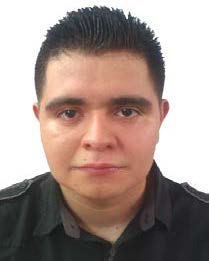Major and Classification
Chemical Biology
Faculty Mentor
Joseph R. Landolph, Jr., Ph.D., Keck School of Medicine
Department
Dornsife: Chemistry
Research Gateway Project
“In Vitro Studies on Chromium (VI) and the Onset of Cancer: Cytotoxicity and Morphological Transformation of C3H10T½ Embryo Mouse Cells Enhanced by Synergism between Ascorbate and Chromium (VI)”
Project Abstract
Chromium (VI) compounds are strong human carcinogens. Unfortunately, workers involved in the manufacturing of chromium-based pigments and in chromium electroplating are exposed to these chemical agents, causing high incidences of pulmonary fibrosis, perforation of the nasal septum, and lung cancer. However, it has been difficult to design appropriate in vitro assays that allow us to study the mechanism by which chromium (VI) is intracellularly converted into its mutagenic form, chromium (III). Since it is known that in vitro cell cultures have 1,000 times lower concentrations of ascorbate (vitamin C) than those present in vivo, we had hypothesized that supplementing our cell cultures with ascorbate would promote the reductive activation pathway that converts chromium (VI) into chromium (III) and thus enhancing both cytotoxicity and morphological transformation in our in vitro assays. Our preliminary results, so far, support the aforementioned hypothesis. A synergistic enhancement of both chromium (VI)-induced cytotoxicity and morphological transformation has been observed when C3H10T½ embryo mouse cell cultures were treated with both ascorbate and chromium (VI). These enhancements in cytotoxicity and morphological transformation seem to be dose-dependent on both ascorbate and chromium. These results imply that ascorbate could be an important reagent in the activation of chromium (VI).
